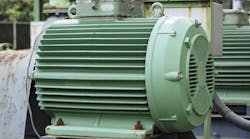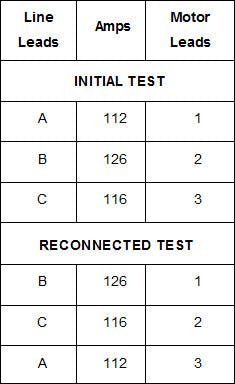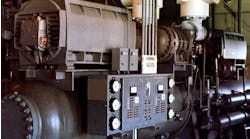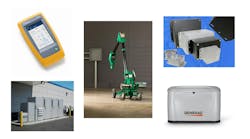Use the following procedures to assess and correct current unbalance. Current unbalance can be due to the motor or the supply line. To determine the source, arbitrarily label the supply lines A, B, and C — and the motor leads 1, 2, and 3. Then connect A to 1, B to 2, and C to 3, operate the motor, and measure the current in each line. Next, de-energize the motor and connect A to 3, B to 1, and C to 2, operate the motor, and again measure the current in each line.
If the supply is causing the unbalance, the supply voltages need to be better balanced. NEMA Standard MG 1 prescribes a 1% limit for voltage unbalance, noting that current unbalance can be expected to be six to 10 times the voltage unbalance on a percent basis. If the current unbalance exceeds 10%, the supply voltages should be corrected to less than 1% unbalance, or the motor must be de-rated.
If the motor is at fault, its winding turns per phase or per parallel circuit are probably not balanced, or the winding is misconnected. Measuring the lead-to-lead resistance with a digital low-resistance ohmmeter (DLRO) may detect unequal turns. The lead-to-lead resistance should be within 2% of the average. The motor may need to be rewound to correct excessive resistive unbalance.




